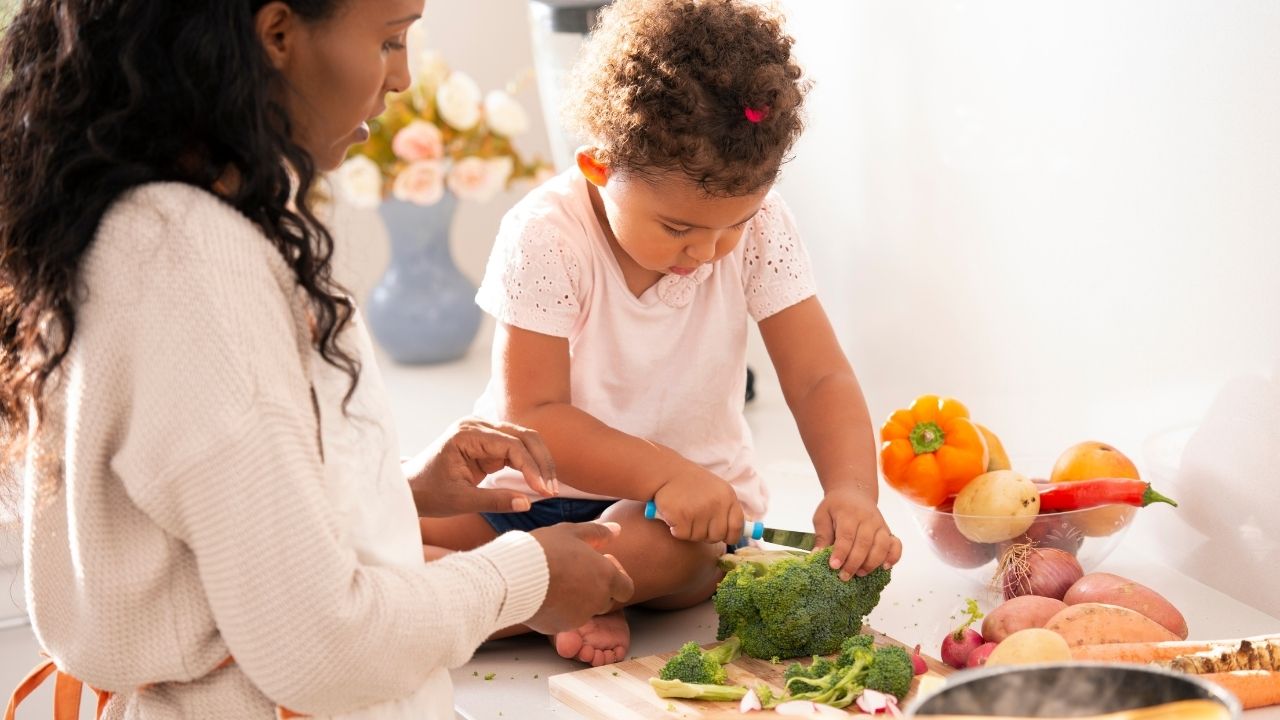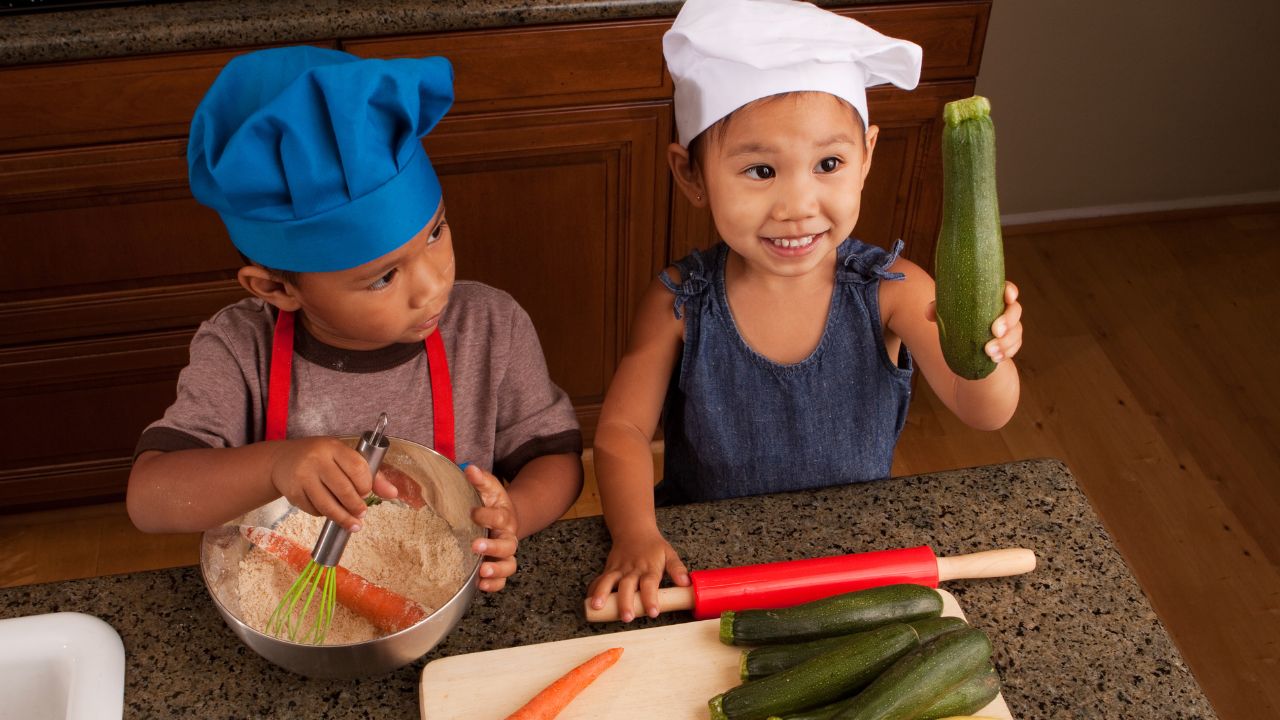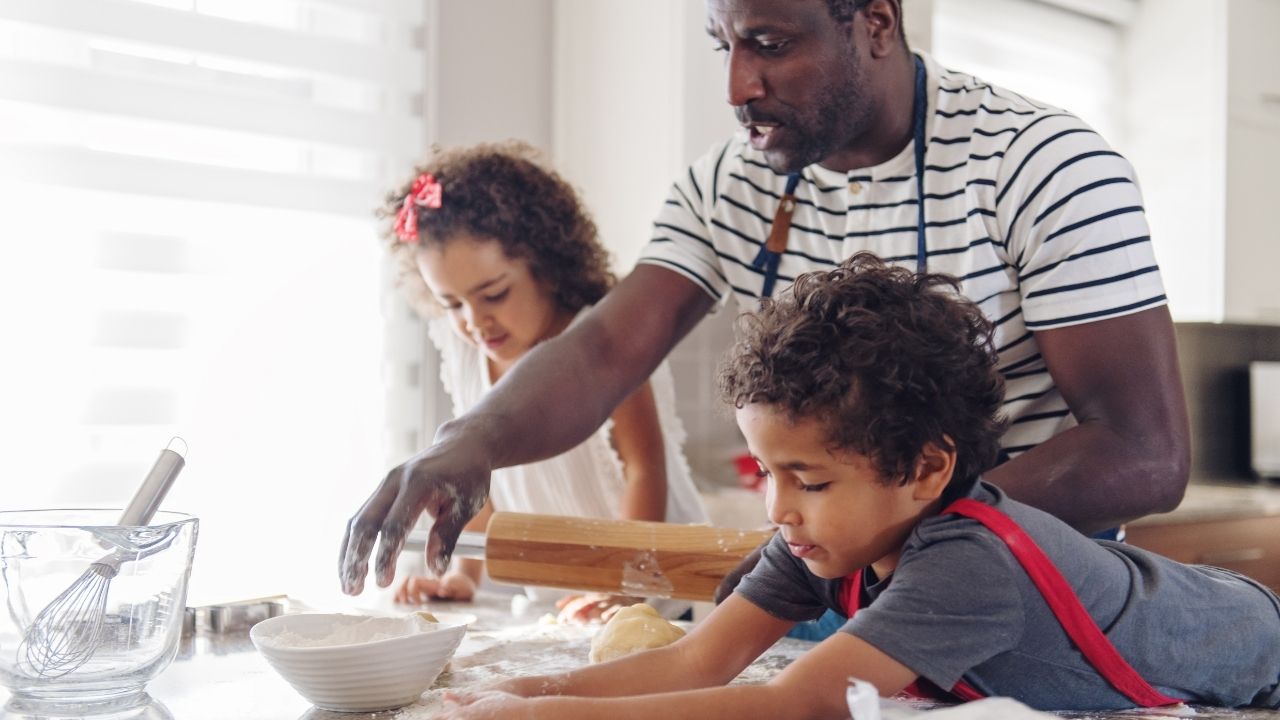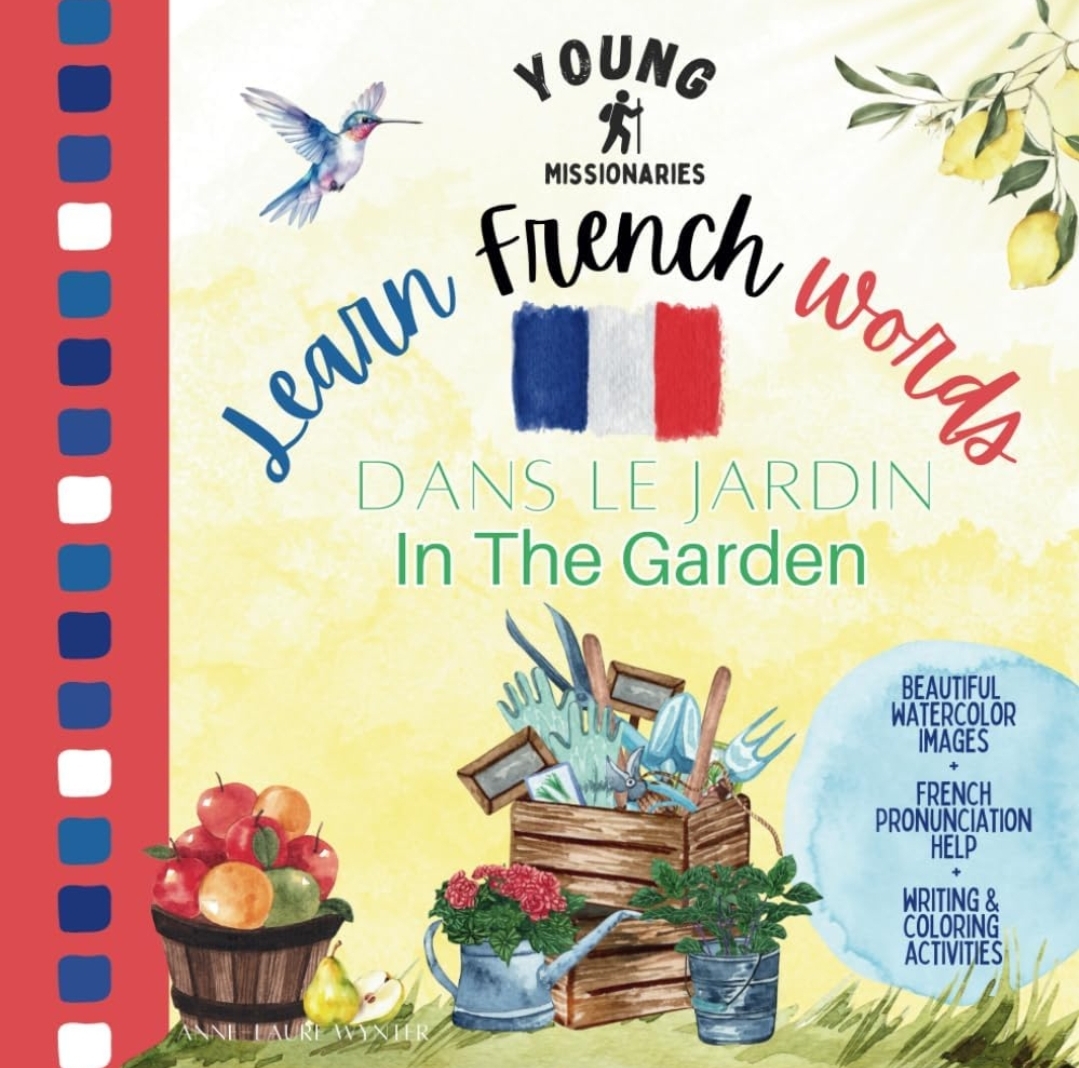Cooking with kids is not just about preparing meals; it’s about spending quality time together, teaching valuable life skills, and fostering healthy eating habits. If your family is transitioning to a plant-based diet or just incorporating more plant-based meals into your routine, getting your kids involved in the kitchen can be a fun and educational experience. Kids love being hands-on, and when you invite them to participate in cooking, they become more engaged in the food they eat, making them more likely to enjoy those healthy, plant-based dishes.
Whether you’re preparing a quick lunch, a hearty dinner, or a festive holiday feast, involving your children in plant-based cooking can be a rewarding and enjoyable process. Plus, it’s a great way to instill a love of nutritious, whole foods from a young age. In this blog post, we’ll explore why and how you should get your kids involved in cooking plant-based recipes, and we’ll sprinkle in some practical tips for making it a positive experience.
As it says in Proverbs 22:6 (KJV): “Train up a child in the way he should go: and when he is old, he will not depart from it.” By teaching your kids healthy cooking habits, you’re setting them on a path toward lifelong wellness.
Why Get Your Kids Involved in Cooking?
1. It Encourages Healthy Eating Habits

When children help prepare meals, they become more familiar with the ingredients, flavors, and textures of different foods. This makes them more likely to try new things, especially vegetables and whole grains that are central to plant-based diets. Studies have shown that kids who cook are more adventurous eaters, which is a huge win when you’re trying to incorporate more nutritious foods into their diet.
2. It Builds Confidence and Independence

Cooking together can foster independence and confidence in your children. Giving them tasks that are age-appropriate allows them to feel a sense of accomplishment. Whether it’s stirring a sauce, measuring ingredients, or chopping vegetables with a safe knife, they’ll develop useful skills that can build their self-esteem.
3. It Strengthens Family Bonds

Cooking with your kids is a perfect way to spend time together. In the hustle and bustle of everyday life, mealtime can be one of the few opportunities to slow down and connect as a family. Sharing this experience allows you to create lasting memories, while also teaching them valuable life lessons.
4. It Teaches Responsibility and Teamwork

Preparing meals isn’t just about food—it’s also a great way to teach your kids responsibility. By assigning them different kitchen tasks, you’re giving them ownership of their contributions to the family’s meals. Additionally, working together to prepare a meal fosters teamwork and shows them the importance of cooperation in a household setting.
7 Ways To Get Your kids Involved in Cooking Plant-based Recipes
Now that we’ve covered why it’s important to get your kids involved, let’s dive into how you can do it! Here are some practical strategies to make cooking a fun, engaging, and educational experience for your children.
1. Start with Simple Recipes
When introducing your kids to plant-based cooking, keep it simple. Choose recipes with few ingredients and easy-to-follow steps. Smoothies, salads, and simple pasta dishes are great starting points. Once they’re comfortable with basic skills like measuring, stirring, and assembling ingredients, you can gradually introduce more complex recipes.
Example: A smoothie bowl is a simple, fun recipe that lets your kids get creative with toppings. Let them choose their favorite fruits, seeds, and nuts to personalize their bowl.
2. Assign Age-Appropriate Tasks
Kids of different ages can handle different kitchen tasks, so be sure to assign jobs that match their skill level. Here’s a quick guide:
- Toddlers (Ages 2-3): Toddlers can help wash vegetables, stir ingredients in a bowl, or sprinkle toppings on finished dishes.
- Preschoolers (Ages 4-5): Preschoolers can help with measuring ingredients, mashing potatoes, or tearing up leafy greens like spinach and kale.
- Elementary Age (Ages 6-8): This age group can begin cutting soft vegetables with a child-safe knife, reading simple recipes, and helping set the table.
- Preteens (Ages 9-12): Preteens can assist with more complex tasks like sautéing vegetables, baking, and handling hot items under supervision.
3. Let Them Choose Ingredients
Giving your children some control over what goes into their meals can make them more enthusiastic about the process. Take them grocery shopping with you, let them pick out a new vegetable or fruit, or give them choices between two different dishes. This sense of autonomy will make them feel empowered and excited about what they’re creating.
Example: Let them pick between making a chickpea salad or a lentil soup for dinner. The ownership over the decision makes them more likely to enjoy the meal.
4. Make It a Learning Experience
Cooking plant-based meals is not only a fun activity, but also a great way to teach your kids about nutrition, where their food comes from, and how to take care of their bodies. Explain why eating fruits, vegetables, grains, and legumes is important for health and well-being.
You can also turn it into a mini science lesson by showing them how yeast makes bread rise or how blending turns whole vegetables into a creamy soup.
5. Embrace the Mess (and Clean Up Together)
Cooking with kids will inevitably result in some mess, but that’s part of the fun! Embrace the spills, splatters, and extra clean-up. Once the cooking is done, teach them how to clean up after themselves. This can be a valuable lesson in responsibility and maintaining a tidy workspace.
6. Get Creative with Food Presentation
Kids love to get creative, and food is no exception! Encourage your little ones to decorate their dishes with fun shapes, patterns, or faces made from fruits and vegetables. This makes mealtime more playful and helps them appreciate the beauty of whole, colorful foods.
Example: Let them create a “funny face” pizza using whole-wheat dough, plant-based cheese, and vegetable toppings like peppers, olives, and spinach for eyes, noses, and mouths.
7. Cook with Themes
Introduce themed cooking days to keep things interesting. You can have an “Italian Day” where you cook a plant-based pasta dish, or a “Taco Tuesday” where they help build their own tacos with beans, veggies, and plant-based cheese. Themes make cooking exciting and can help your kids look forward to mealtime.
Plant-Based Recipe Ideas to Cook with Your Kids
To get you started, here are a few plant-based recipes that are perfect for cooking with kids:
- Veggie Wraps: Let your kids choose their favorite veggies and assemble their own wraps with hummus, spinach, shredded carrots, and avocado.
- Chickpea Nuggets: These are a fun alternative to chicken nuggets and are packed with protein. Let your kids help form the chickpea mixture into nugget shapes.
- Rainbow Salad: Create a colorful salad with a variety of veggies in different hues. Let your kids help chop (with supervision) and arrange the vegetables by color.
Final Thoughts
Getting your kids involved in cooking plant-based recipes is an excellent way to teach them about healthy eating, responsibility, and teamwork. It’s also a wonderful opportunity to spend time together and create lasting memories in the kitchen. Remember, as you train them in these good habits, you’re not only helping them become independent but also setting a foundation for their lifelong health and well-being.
As Proverbs 22:6 (KJV) reminds us, “Train up a child in the way he should go: and when he is old, he will not depart from it.” By involving your children in the kitchen, you’re teaching them skills that will serve them for life—both physically and spiritually. Happy cooking!























0 Comments